WEST Somerset’s archaeological sites provide a fascinating glimpse into the lives of those who have called this area home for thousands of years. From Iron Age hillforts to medieval abbeys, West Somerset's archaeological treasures offer a rich tapestry of human activity and cultural evolution.
Dunster Castle
Perched on a steep hill overlooking the village of Dunster, Dunster Castle has a history that stretches back over a thousand years. Originally built as a Norman motte-and-bailey castle in the late 11th century, it was later transformed into a luxurious country house.
Archaeological excavations at Dunster Castle have unearthed various artefacts, including medieval pottery, tools, and remnants of the original fortifications. These findings provide insights into the castle's evolution, its role in regional defence, and the daily lives of its inhabitants over the centuries.
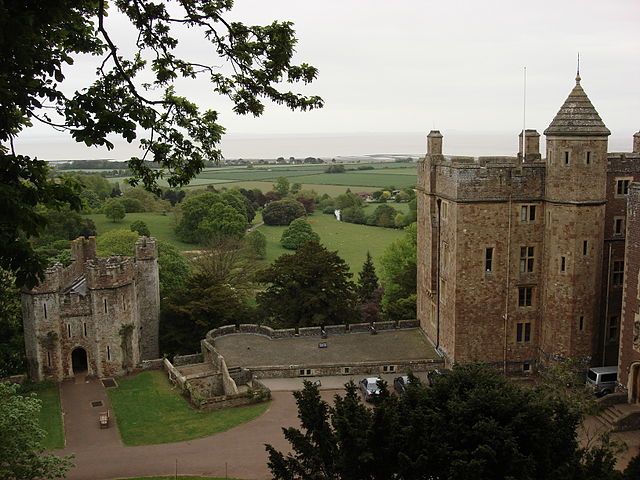
Cleeve Abbey
Cleeve Abbey, located near the village of Washford, is one of the best-preserved medieval monastic sites in England. Founded in the 12th century, the abbey was home to Cistercian monks until its dissolution in the 16th century. Archaeological work at Cleeve Abbey has revealed a wealth of information about monastic life, including the layout of the abbey buildings, the monks' daily routines, and their agricultural practices. Artefacts such as manuscript fragments, pottery, and personal items have been discovered, shedding light on the spiritual and material culture of the abbey's residents.


Quantock Hills
The Quantock Hills, a range of hills in West Somerset, are dotted with numerous archaeological sites, including Bronze Age barrows, Iron Age hillforts, and medieval settlements. Notable sites include Ruborough Camp, an Iron Age hillfort with substantial earthwork defences, and Dowsborough Camp, another Iron Age fort with panoramic views of the surrounding landscape. These sites provide evidence of the long-term occupation of the Quantock Hills and the strategic importance of this elevated terrain for defence and settlement.
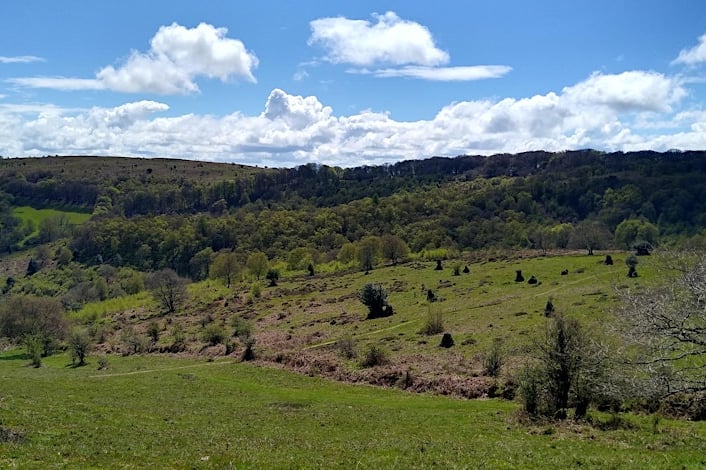
Minehead and Exmoor National Park
The coastal town of Minehead and the surrounding Exmoor National Park are rich in archaeological sites spanning various periods. In Minehead, evidence of early medieval settlements and maritime activity has been discovered, including artefacts related to fishing and trade. Exmoor National Park is home to prehistoric sites such as stone circles, burial mounds, and ancient field systems. Excavations in Exmoor have revealed tools, pottery, and other artefacts that highlight the park's significance as a centre of human activity from the Neolithic to the medieval period.
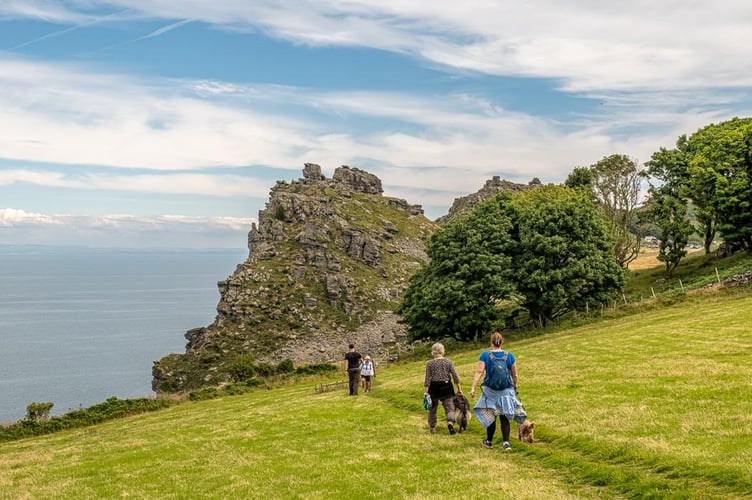
These sites not only provide a window into the lives of the people who once inhabited this area but also contribute to our broader understanding of historical developments in the British Isles. So, go an explore!

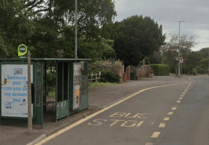

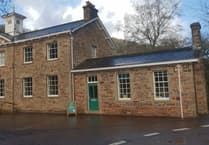

Comments
This article has no comments yet. Be the first to leave a comment.